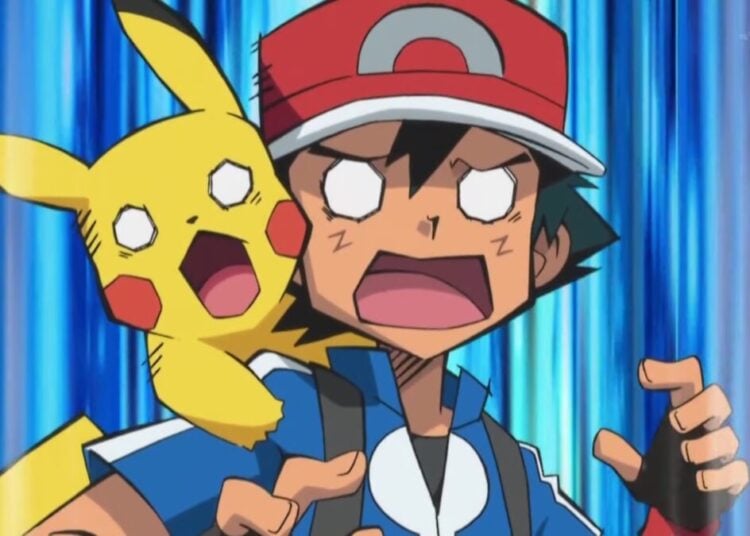Hello again from your friends in Japan, J-List!
We’re right in the middle of Golden Week here in Japan, and yesterday, we re-learned the rule that you should never try to go anywhere in Japan during Golden Week. We decided to take the kids to a small town in the mountains of Gunma famous for flying huge koi-nobori fish kites, so we set out in our Mazda Bongo Friendee. Well, this seemed like a great idea to about 500,000 other people, mostly from Tokyo, and we all ended up sitting in one long, unpleasant traffic jam on mountain roads so narrow you couldn’t turn around. We stuck it out for a while, but in the end decided to find a nice mountain stream where the kids could splash around instead. Whenever making plans to visit Japan, be sure to avoid the last week of April/first week of May!
In Japan, there are often concepts that are very difficult for Westerners to grasp. One measurement of beauty here is related to the number of creases in a person’s eyelid when their eyes are open — one crease (“hitoe” hee-TOE-eh), two creases (“futae” fu-TAH-eh) or three (“mie” MEE-eh). (As always, there’s no silent ‘e’ in Japanese, or magic ‘e’ as they call it here.) Single-creasers have slender, traditionally Asian eyes, while those with more creases have larger eyes that look European to the Japanese, and getting plastic surgery to change the appearance of your eyes is quite popular among TV stars. I have to admit, I’d never considered that people had different numbers of creases in their eyelids until coming here — it was a totally alien concept to me, and I still can’t tell how many creases a person’s eyes have, even today. Another measure of beauty, having a “high nose” is an important feature for anyone who wants to enter modeling. I never really thought of noses as anything other than “big” or “small” before coming here, but apparently there is more to a person’s nose than meets the eye.
In case you were wondering what the Japanese use to estimate the size of a person’s privates, well, we’ll tell you. For a man, the size of his nose in relation to his face supposedly indicates whether or not he is well endowed. So if you’ve got a large nose and come to Japan, you may find yourself popular (your mileage may vary). In similar silly Japanese fashion, the area inside a woman’s ear (the little cavity formed by the bottom of the “S” shape) supposedly indicates the general closeness of her womanhood. And in case you wanted to know, a popular slang word for the genitals of men and women are “son” (musuko) and “daughter” (musume).
We’ve got some nice items for you tonight, with newly restocked and posted manga, magazine, photobook, DVD, Hello Kitty and other fun pop culture items. J-List carries nearly 2000 products at all times (this really bowls us over, too), so if you browse our site by category or search for items you’re interested in, we’re sure you can find some cool things from Japan either for yourself or as great gifts for others.















